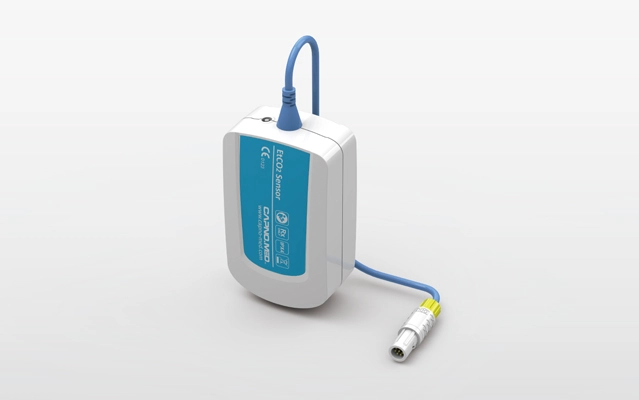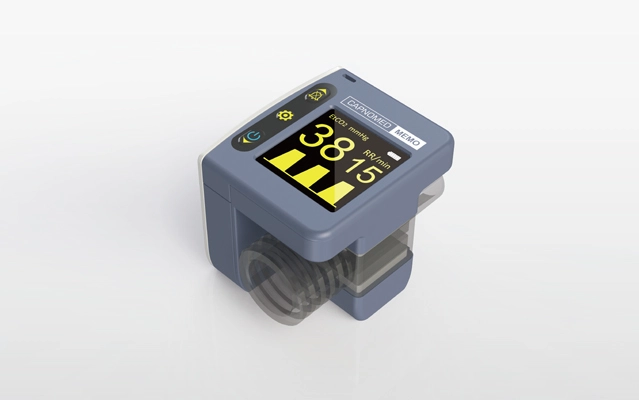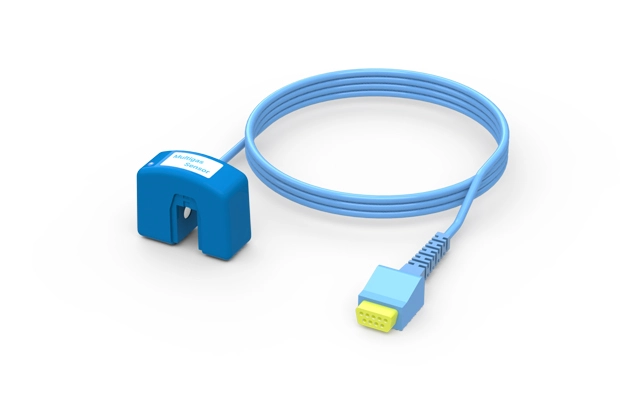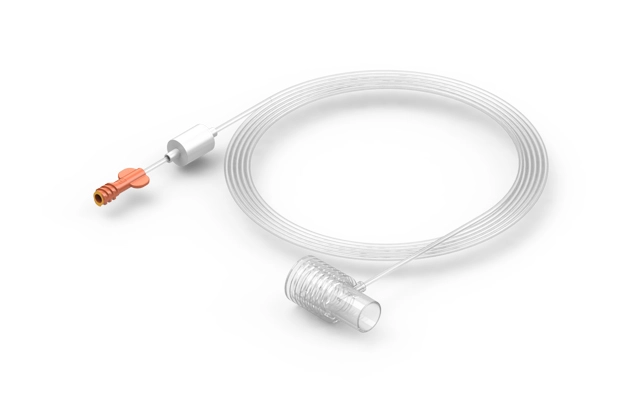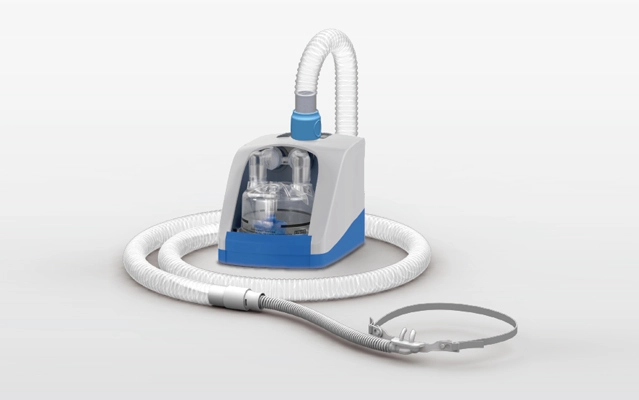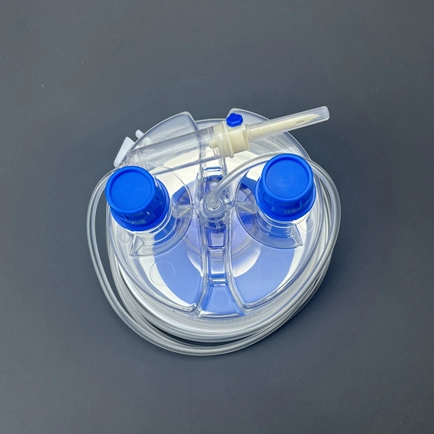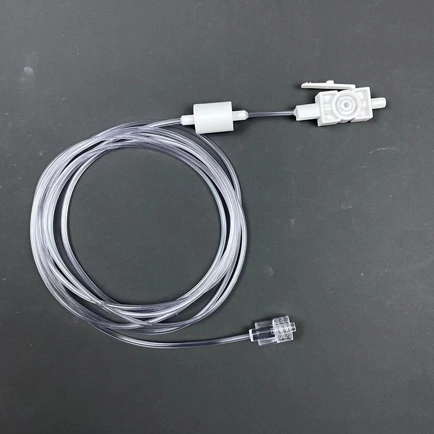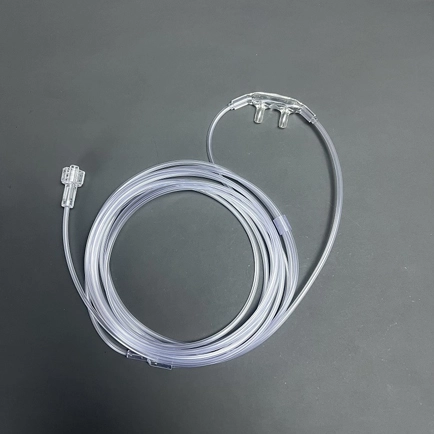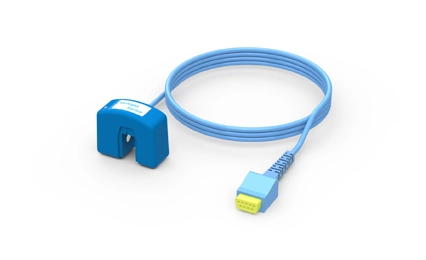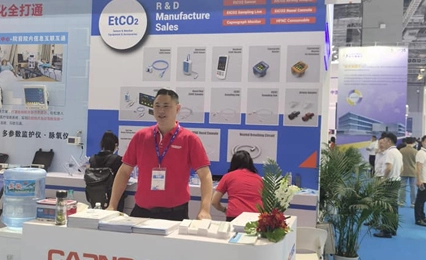In the realm of critical care, where the delicate balance of respiratory function can tip swiftly, the role of capnography machines in guiding optimal ventilator management stands as a beacon of precision. These sophisticated devices, designed to measure and analyze the concentration of carbon dioxide in exhaled breath, play a crucial role in ensuring that ventilator settings align with a patient's respiratory needs. Let's delve into the intricate ways capnography machines guide clinicians in the management of ventilators, offering real-time insights that can be pivotal in critical scenarios.
Understanding Capnography's Role in Ventilation Monitoring
Decoding Ventilation Dynamics:
Capnography machines provide clinicians with a real-time graphical representation, known as the capnogram, and numerical values such as end-tidal carbon dioxide (EtCO2). This data holds a wealth of information about the respiratory cycle, including inhalation, exhalation, and the phases in between. In the context of ventilator management, capnography becomes a dynamic tool for assessing the efficacy and appropriateness of ventilator settings.
Precision in Measuring Carbon Dioxide:
Ventilator management involves the regulation of the inflow and outflow of air, impacting the exchange of gases in the lungs. Capnography machines excel in measuring the concentration of carbon dioxide at the end of each exhalation. This precision is crucial for assessing whether the ventilator is effectively eliminating carbon dioxide produced by the patient's metabolism, a key parameter in maintaining respiratory homeostasis.
The Dynamic Interaction Between Capnography and Ventilator Settings
Optimizing Tidal Volume:
Tidal volume, the volume of air exchanged in a single breath, is a fundamental parameter in ventilator management. Capnography provides immediate feedback on the amount of carbon dioxide exhaled, allowing clinicians to adjust tidal volume settings to ensure adequate ventilation. This dynamic interaction ensures that the ventilator delivers an appropriate volume of air with each breath, preventing complications associated with overventilation or underventilation.
Preventing Hypoventilation and Hyperventilation:
Capnography machines act as vigilant guardians against both hypoventilation and hyperventilation, which can have critical implications for patient safety. By continuously monitoring EtCO2 levels, clinicians can detect deviations from the normal range, indicating imbalances in ventilation. This prompt identification allows for timely adjustments to ventilator settings, preventing the potential consequences of inadequate or excessive ventilation.
Capnography in Time-Sensitive Scenarios
Swift Response in Emergency Situations:
In time-sensitive scenarios such as emergencies or acute respiratory distress, capnography machines guide clinicians in making swift decisions. The real-time data provided allows for immediate adjustments to ventilator settings to address changes in the patient's respiratory status. This capability is particularly crucial in critical care settings where seconds can make a significant difference in patient outcomes.
Continuous Monitoring for Ongoing Adjustments:
Ventilator management is not a static process; it requires continuous adjustments to adapt to the dynamic nature of a patient's respiratory condition. Capnography machines offer a continuous and non-invasive means of monitoring respiratory parameters. This continuous feedback loop enables clinicians to make ongoing adjustments to ventilator settings, ensuring that the ventilator adapts to the changing needs of the patient.
Precision, Adaptability, and Patient-Centered Care
A Dynamic Duo: Capnography and Ventilator Management
In conclusion, the synergy between capnography machines and ventilator management is a testament to the precision and adaptability required in critical care. These devices provide clinicians with real-time insights into respiratory dynamics, allowing for adjustments that are tailored to the individual needs of each patient. In the intricate dance of ventilation, capnography machines guide clinicians in orchestrating optimal settings, ensuring that each breath aligns with the delicate balance of respiratory function.
Patient-Centered Care in Critical Scenarios
As the healthcare landscape continues to advance, the integration of capnography into ventilator management reflects a commitment to patient-centered care in critical scenarios. Precision, responsiveness, and adaptability define this dynamic relationship, offering a lifeline for patients navigating the complexities of respiratory challenges. Capnography machines stand as integral tools, providing clinicians with the means to navigate the intricacies of ventilator management with a focus on optimal patient outcomes.
 English
English
